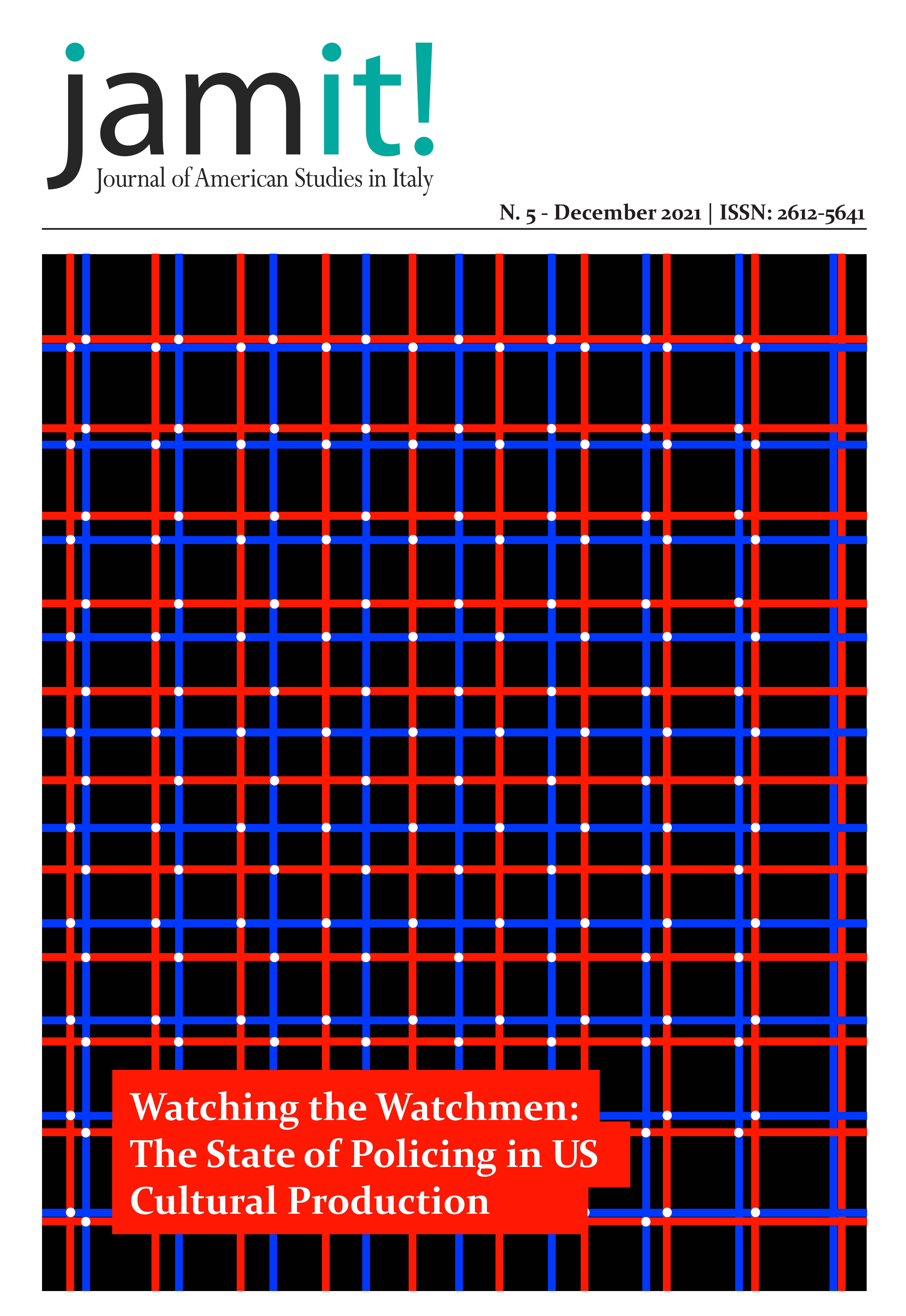The Post-9/11 Security State
Surveilling America Arabs and Muslims in the 21st Century
DOI:
https://doi.org/10.13135/2612-5641/6419Keywords:
9/11, Arab-Americans, Muslim-Americans, Islamophobia, Civil RightsAbstract
A “silent minority” until the end of the 20th century, Arab and Muslim Americans became, literally overnight, a "problem" ethnic group in the US consensus after the terrorist attacks of 9/11, when on the one hand Islamophobia was adopted as the leading trope of national grievance, while on the other a massive surveillance apparatus was put in place in order to ostensibly address the risk of internal radicalization, resulting in visible loss of civil rights for Arab and Muslim minorities in the US. This paper explores the deployment of the US security state against America Arabs and Muslims after 9/11, and sets it within the complex history of Middle Eastern and South Asian immigration to the US in the 20th century.
Downloads
Published
Issue
Section
License
Authors who publish with this journal agree to the following terms:
- Authors retain the copyright and full publishing rights for their submissions to the journal.
- Authors grant the journal right of first publication with the work simultaneously licensed under a Creative Commons Attribution-NonCommercial-NoDerivatives 4.0 International License that allows others to share unedited work for non-commercial purposes with an acknowledgement of the work's authorship and initial publication in this journal.
- Authors are able to enter into separate, additional contractual arrangements for the non-exclusive distribution of the journal's published version of the work (e.g., post it to an institutional repository or publish it in a book), with an acknowledgement of its initial publication in this journal.
- Authors are permitted and encouraged to post their work online (e.g., in institutional repositories or on their website) prior to and during the submission process, as it can lead to productive exchanges, as well as earlier and greater citation of published work (See The Effect of Open Access).




